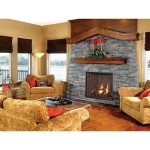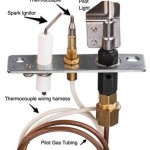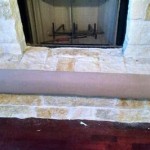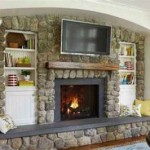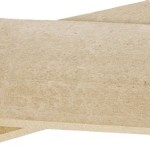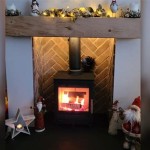Concrete Fireplace Logs: A Durable and Versatile Option for Your Hearth
Concrete fireplace logs are a popular choice for homeowners looking for a durable and aesthetically pleasing alternative to traditional wood logs. These logs are crafted from a mixture of concrete, aggregates, and pigments, resulting in a realistic-looking fire feature that can withstand the rigors of frequent use. Concrete fireplace logs offer a variety of benefits, including their longevity, low maintenance requirements, and versatility in design and color. They can be used in both traditional and modern fireplaces, adding a touch of elegance and warmth to any space.
Durability and Longevity
Concrete fireplace logs are known for their exceptional durability. Unlike wood logs, which are susceptible to cracking, warping, and burning, concrete logs are fire-resistant and impervious to the elements. They can withstand extreme temperatures without degrading, making them ideal for frequent use. This durability translates into a long lifespan, ensuring that your fireplace logs will remain beautiful and functional for years to come.
The robust nature of concrete logs also makes them a low-maintenance option. Unlike wood, concrete logs do not require splitting, stacking, or drying. They are ready to be placed in your fireplace and enjoyed without the hassle of preparation. Additionally, their resistance to the elements means they can be stored outdoors without worrying about warping or deterioration.
Variety in Design and Color
Concrete fireplace logs offer a wide range of design options and colors, allowing you to create a unique and personalized fireplace experience. You can find logs in a variety of shapes, sizes, and finishes, mimicking the look of natural wood, stone, or even metal. Some manufacturers even offer custom-made logs to meet specific design requirements. This versatility in design ensures that you can find concrete logs that complement the style of your fireplace and enhance your home decor.
The color options available for concrete logs are equally impressive. From realistic wood tones and earthy browns to vibrant reds and deep blacks, you can choose logs that match your desired aesthetic. Some logs are even designed with intricate details, such as bark patterns or knots, further enhancing their realism.
Environmental Considerations
Concrete fireplace logs offer a sustainable alternative to traditional wood logs. While wood burning releases harmful pollutants into the air, concrete logs do not produce any emissions. They are a cleaner and more environmentally friendly option for those concerned about the impact of their fireplace on the environment. Additionally, the use of concrete logs helps to conserve natural resources, as they reduce the demand for wood harvesting.
Concrete fireplace logs are an excellent choice for individuals seeking a low-maintenance, durable, and aesthetically pleasing fireplace experience. Their versatility in design and realistic appearance, along with their environmental benefits, make them a compelling alternative to traditional wood logs. Whether you are looking to enhance the look of your existing fireplace or create a new focal point for your home, concrete logs offer a unique and practical solution.

Outdoor Fireplaces

Superior Ltfrs Vent Free Concrete Rugged Stack Gas Log Set

Concrete Logs Archives Ambiance

Superior Lbgbm Vent Free Concrete Boulder Mountain Gas Log Set

Superior Complete 36 Giant Timbers Concrete Vent Free Gas Log Set With Mega Flame Burner Lmf36 Gt

Short Concrete Fireplace Ohio Link Log 2

Superior Lmfgt Out Vent Free Concrete Giant Timbers Outdoor Gas Log Set

Superior Lmfgt Giant Timbers Mega Flame Vent Free Concrete Log Set Royal Fire Pits

Concrete Link Log Fireplace 1

Result For Concrete Fireplace Design Modern
Related Posts

